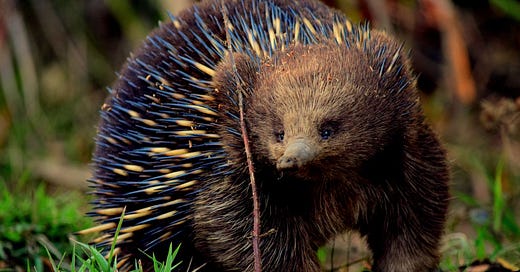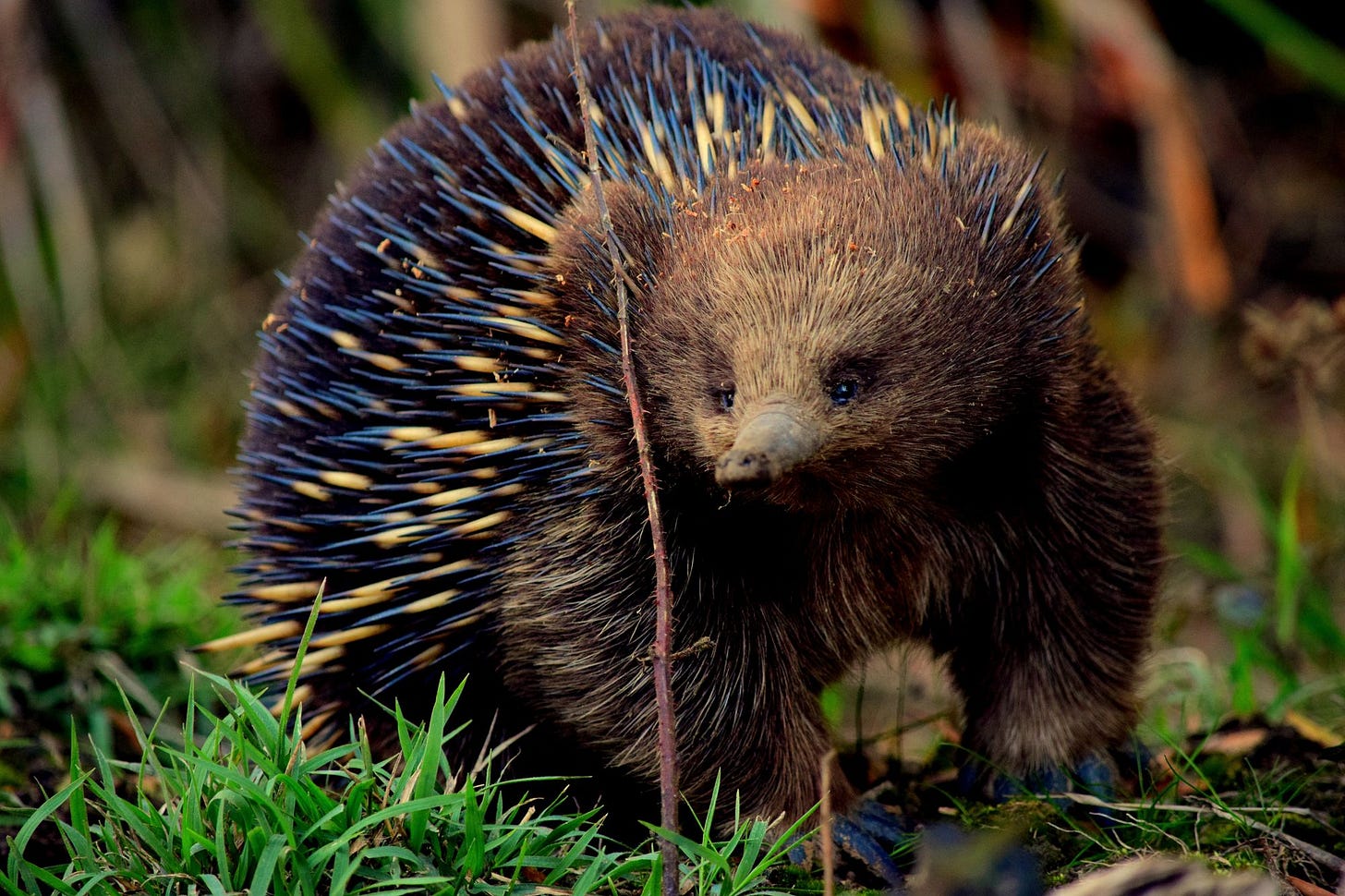I wrote a novella about a winged species and while I've loosely modeled them on bats, I have a spinoff story involving a child of the species and the story works better if they're egg layers. So I went in search of animals occupying the liminal space between mammals and birds, and discovered some fun facts about lactating egg layers that surprised me.
Qu…
Keep reading with a 7-day free trial
Subscribe to Manuscriptions to keep reading this post and get 7 days of free access to the full post archives.



